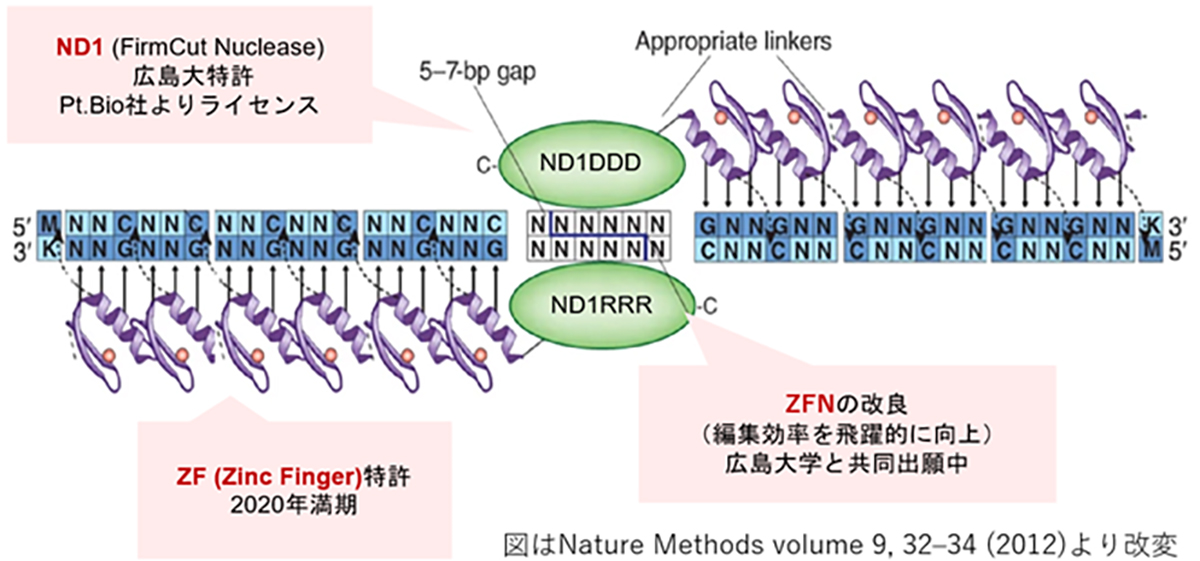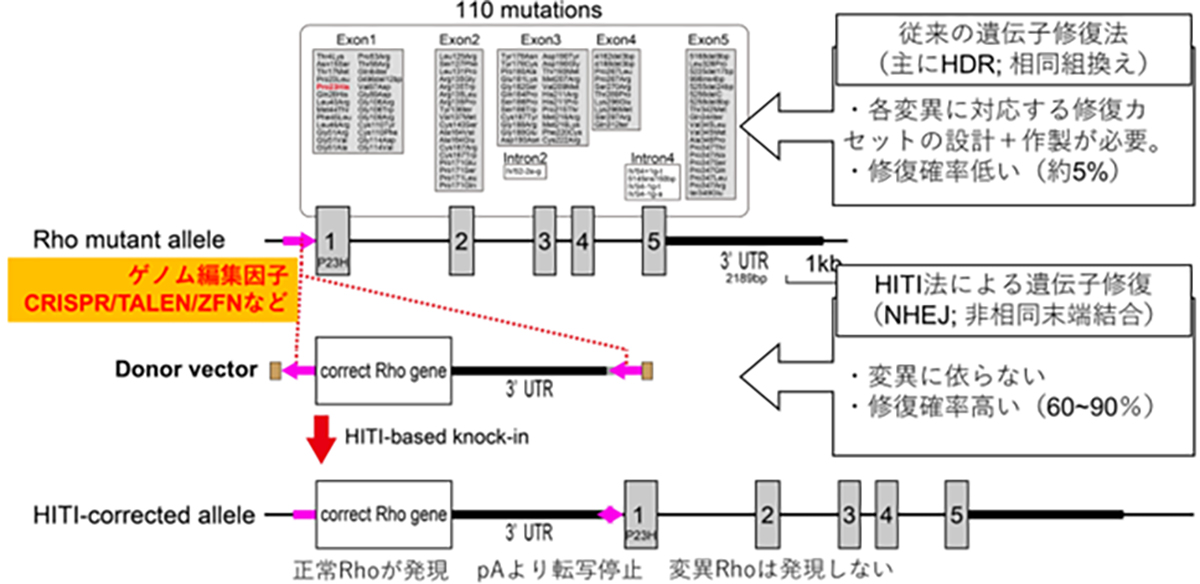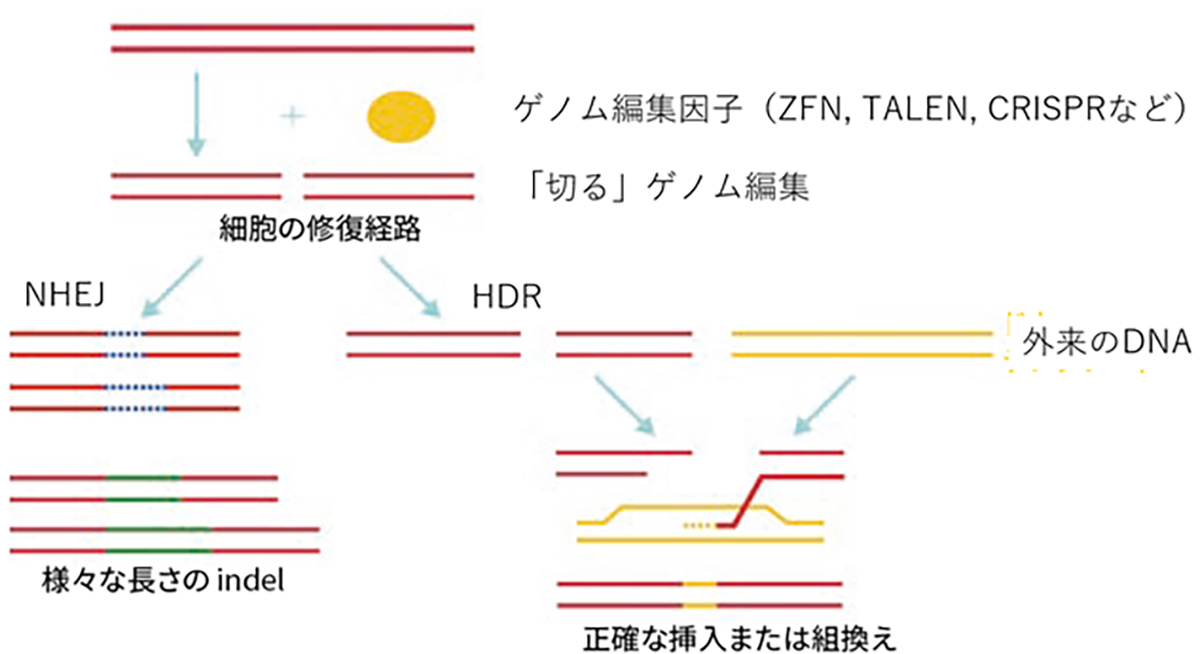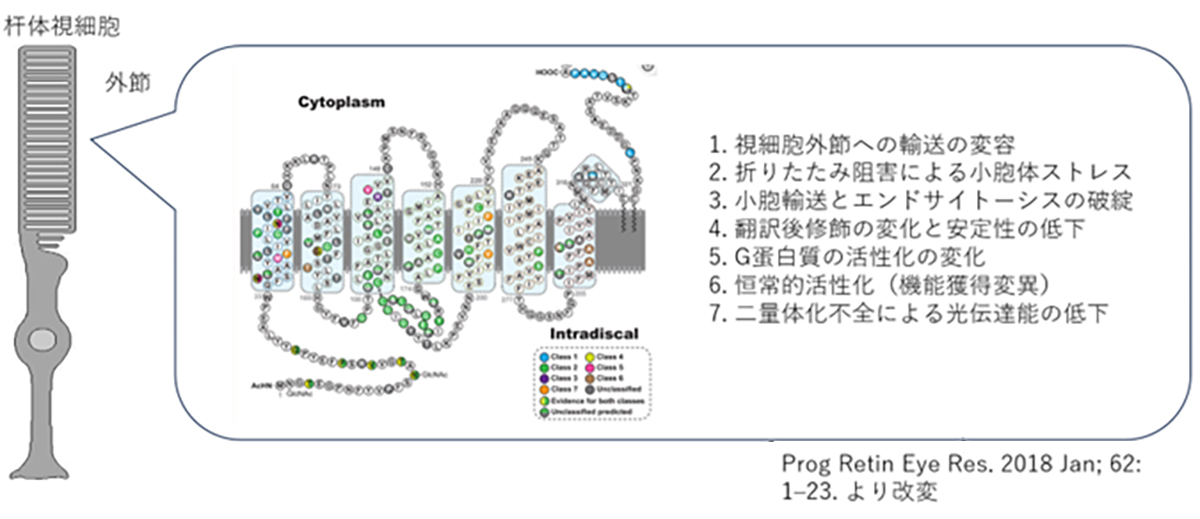
Gene-targeted therapeutics
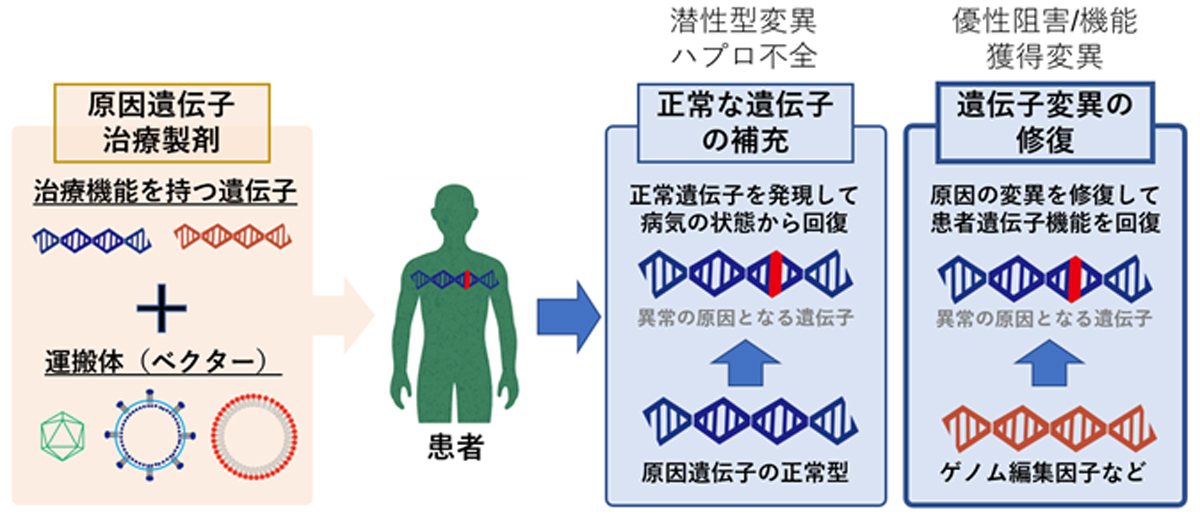
What is Gene Therapy?
With the advancements in modern science and technology, medical treatments have evolved beyond traditional small molecule formulations to encompass diverse forms such as polymers, nucleic acids, and cells. To categorize these innovative therapies and drugs, the term “drug/medical modality” is used. Gene therapy stands out as a pioneering drug modality that leverages genes (like DNA or RNA) or targets a patient’s genetic makeup (genome). It often refers to gene-targeted therapeutics, which directly influence the causative genes of diseases. Given the improvements in gene diagnosis and medical infrastructure, there’s heightened anticipation for these therapies, especially for genetic disorders with identified causative genes. Conventional modalities (like small molecules or antibodies) had technical constraints, but now, more comprehensive therapeutic effects are expected.
Gene Therapy for Recessive Mutations
Various methods exist within gene-targeted therapeutics. In the context of IRD (Inherited Retinal Dystrophy), the method employed generally depends on the genetic inheritance pattern of the causative gene mutation (recessive or dominant). Recessive mutations are characterized by a dysfunctional gene or protein product and do not impact the function of the wild-type gene. Patients with these recessive mutations manifest the disease only when both copies of a particular gene carry the mutation. The prevailing approach for gene therapy in such cases aims to introduce a functional gene from an external source to supplement the missing functionality—a method commonly referred to as gene supplementation.
Gene Therapy for Dominant Mutations
In cases of dominant mutations, the disease can manifest even with a single faulty gene out of the two copies. This can occur due to either:
- Haploinsufficiency: Here, one healthy gene copy isn’t enough to maintain normal function. This condition can be addressed similarly to recessive mutations by introducing a normal gene.
- Dominant-negative (or gain-of-function) mutations: This occurs when the mutated gene negatively interferes with the normal gene’s function. Addressing this requires genome editing to repair the faulty gene.

